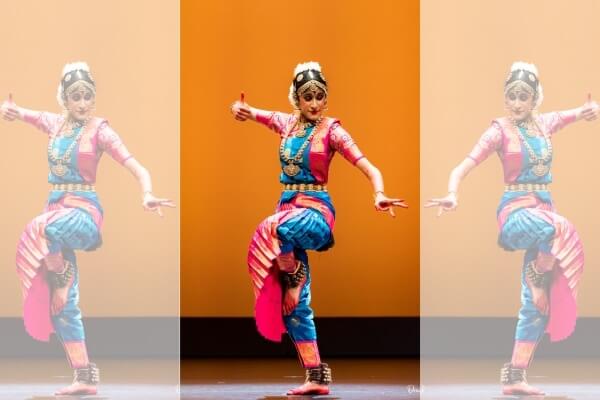Some twenty years ago, a dance teacher visited her friend who had just given birth to a daughter. She looked at the baby and told the mother, “I will gladly teach her dance if she wishes to learn.”
Turns out, the little girl did wish so when she was five. And her mum’s friend, dancer and dance teacher Manjula Viswanath welcomed her as a student.
Thirteen years on, the student Nikitha Sesha performed her arangetram (debut presentation) this month. The show, at Riverside Theatre, Parramatta was a dream come true for both dancer and guru!
Speaking of the arangetram itself, it was Shiva, Shiva and Shiva, coming but a day before Mahashivratri. The festival marks the anniversary of the wedding of Shiva and Parvati, but fundamentally symbolizes the cosmic convergence of celestial energies and the harmony between masculine and feminine principles.
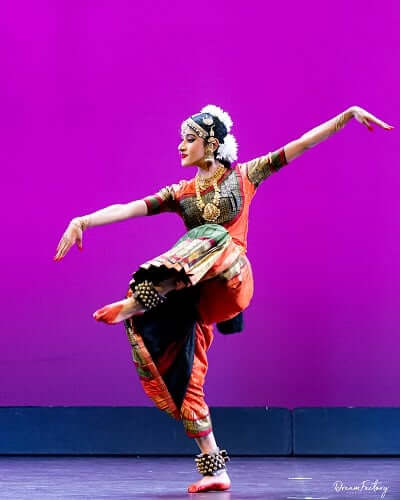
Nikitha Sesha started with an invocation item which addressed the Lord of the Dance Shiva, as Pashupathi Giri Jathade, while the Varnam, the highlight of the performance, praised His feet and wished to surrender to Him with the following words:
Konjum chadhangai thigazhum unn thiruvadi
thanjam endrunai paninden paramporule
(I bow to the feet that are adorned with beautiful anklets, and take refuge in them, oh supreme being).
In addition, the performance concluded with a salute to Him.
All through the dance, we saw numerous poses of Shiva portraying His character. Several incidents from Indian mythology related to Him were also acted out.
Nikitha made a glorious entry to the stage and very soon established that she had acquired adequate skills.
Throughout the recital, her movements were effortless, natural and very expressive. In the second item Jathiswaram, in various ragas, she was called upon to dance for abstract music and Nattuvangam. This is where the dancer exhibits her technical skills and imagination. Nikitha responded very well with the movements of her eyes, head, arms, hands, wrists, legs and feet. She spanned the entire stage with ease.
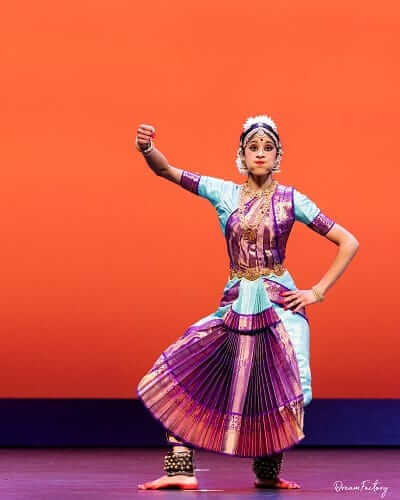
The real test of a budding artist is in the item Varnam which features all the elements of dance, including the abstract and the concrete. The famous item, in raga Lathangi, expresses agony on the part of the devotee to meet Shiva and surrender to Him. The item involved an impressive rendering of music by the vocalist and the instrumentalists and a rich Nattuvangam from the Guru. Nikitha took up the challenge, presenting excellent rapport with music including Nattuvangam. The ending was very appealing with light, poses of Shiva, and the rich music – Shankara, Shiva Shankara, Abhayankara.
Yes, in dance, all your movements are to measure, calling for precision and skill, as well as being artistic and pleasing. I felt that Nikitha was quite successful in that. She was able to hold a housefull audience spellbound during her performance.
The item Tribhangi brought out the Roudra rasa, where Nikitha stood as the very demon. It was based on the story of the Goddess killing Mahishasura. The elements of drama were brought out impressively in this tale.
Nikitha then took on a grand item portraying the relationship between Krishna and Yashoda based on the famous Annamacharya composition Muddugare Yashode. The mother doesn’t realise that hers is a wonder child! The item included an enactment of Kalinga Mardhana as well in which the young Krishna brings to heel the poisonous serpent Kalinga.
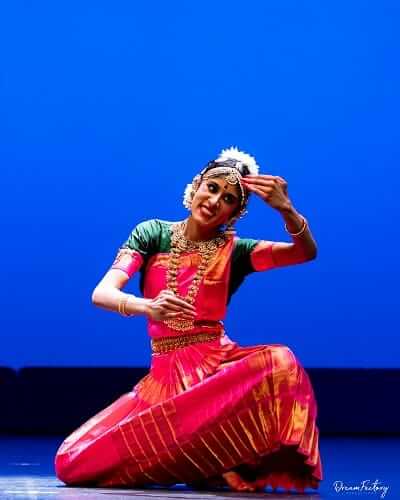
Hanumantha Deva Namo (a Kannada composition by Purandara Dasa, speaking of Hanuman’s role in finding Sita in Lanka) drew considerable attention from the audience. Nikitha brought out the mannerisms of the lovable monkey god as she scampered across the stage.
Musical support for the recital came from a set of artists from Bengaluru. We heard the majestic voice of Balasubramanya Sharma. The essential Mridanga support was given by S V Balakrishna. In addition, Pradyumna Soraba played on the rhythm pad and produced impressive beats. The flute recital by Mahesha Swamy was particularly pleasing, especially in the short musical interludes. Nattuvangam was provided by the Guru Manjula Viswanath.
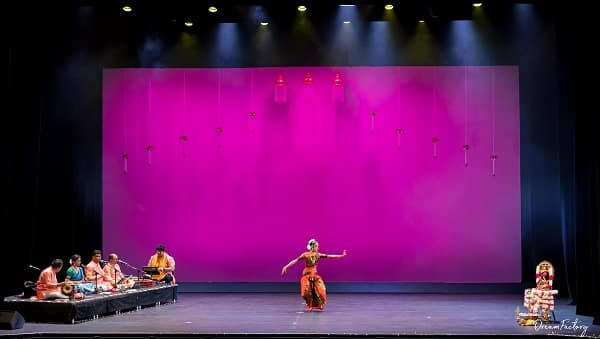
The recital had quite a few specials. The first item, Chota Khyal and Natesha Kavuthvam in raga Basanth was unique in that it mixed the North Indian concept of khayal with Bharatanatyam movements. The Jathiswaram and Tribhang numbers were compositions of the mridangist S V Balakrishna. Thillana, in its entirety, and parts of the first and the concluding items were choreographed by young Sagarika Venkat (Manjula’s daughter), ready to carry the baton.
Guru Manjula Viswanath has been infusing new blood into the dance scene in Sydney. As the director of the Rasika Dance Academy she has trained no less than 200 dancers and has many awards to her credit.
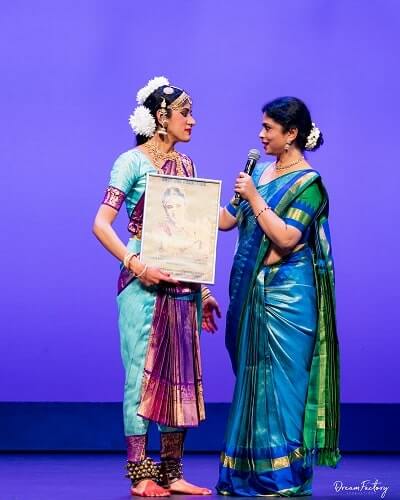
Nikitha Sesha is the daughter of Jayashree and Rangaraj Sesha of Sydney. Despite a busy schedule as a student of Bachelor of Economics and Art at UNSW, she practised rigorously for the arangetram, including sessions with her guru three times a week. She says, “Alongside my Carnatic music lessons with Ranjini Ayyar, Bharatnatyam has significantly allowed me to connect with my Indian heritage, especially as someone living here in Australia.”
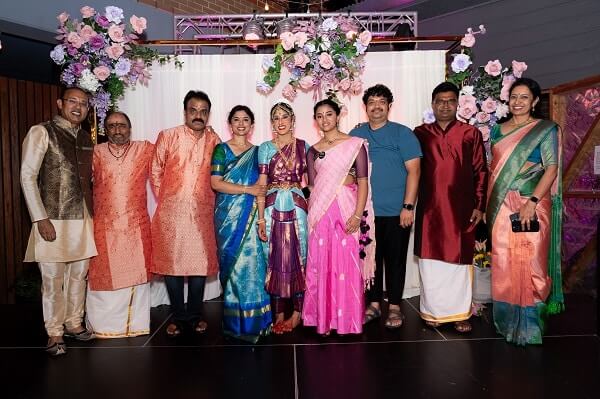
Nikitha Sesha hopes to leverage her passion for dance and economic development to uplift underprivileged communities. A noble cause indeed.
READ ALSO: Bharatanatyam for my HSC:Vishakha Iyer



